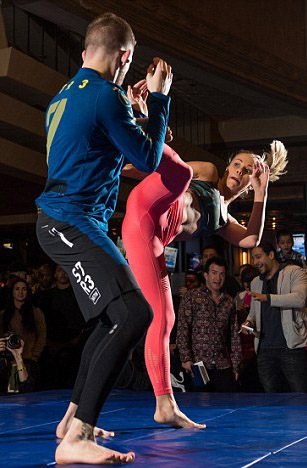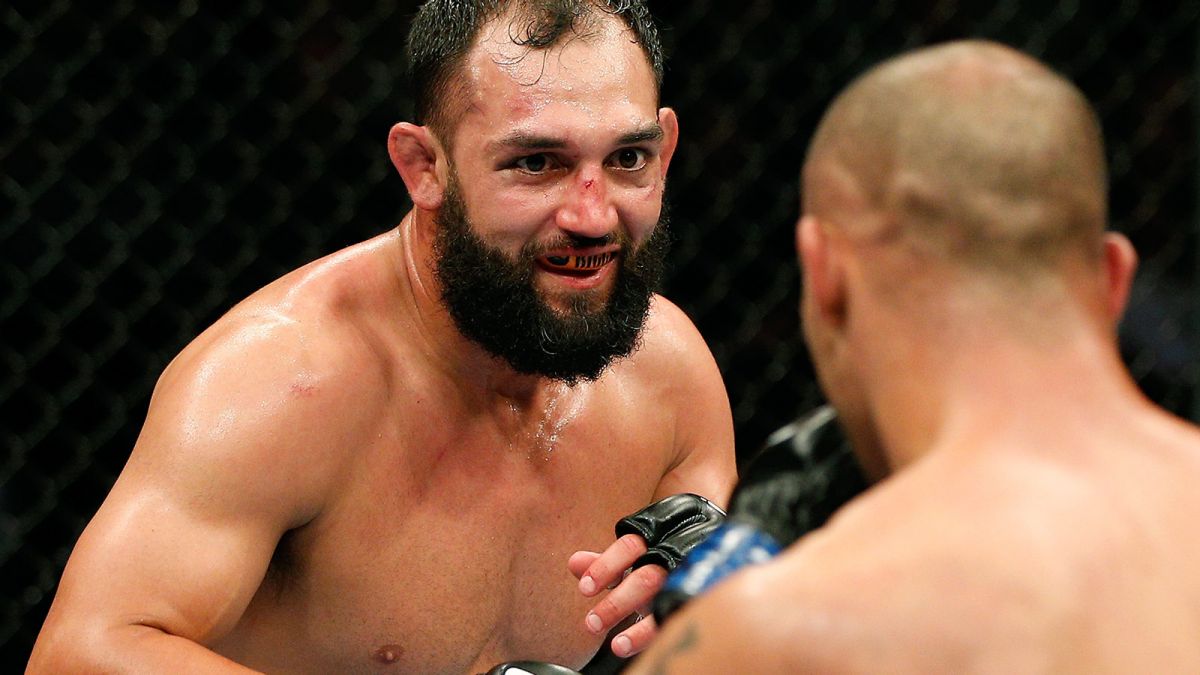In the first installment of this three part series we discussed developing prospects and the external things that may contribute to a prospect being ineffectively or incorrectly developed. We addressed athleticism, which in and of itself is a good thing, but can often be the death knell for gifted fighters, in large part due to the inability or unwillingness of camps/coaches/corners to intelligently and patiently train a fighter in such a way as to maximize these talents instead of leaning on them as a crutch. In exploring this initial and often insurmountable roadblock for success, we opened the door for what I consider the second part of developing prospects, the one that is often overlooked by a large majority of organizations, camps, coaches, and fans: Activity/Inactivity.
When I mention activity, most people will assume I am discussing fights, but that is only part of the equation; from my perspective there are two kinds of activity or inactivity, which occur in two different areas of combat sports. The first type, and the type we will be discussing, takes place in the gym, where in theory young fighters are molded — their tools are introduced then developed to peak effectiveness — all while developing a comprehensive conceptual and strategic understanding of their chosen sport. The other type of activity/inactivity takes place in the ultimate proving ground: the cage or the ring. In this arena, the hours of work are supposed to be put to the test in hopes of seasoning a young fighter, as he or she develops the poise and awareness that comes from using the tools they have been developing in a live, dynamic, and ultimately unforgiving situation.
Many fighters speak on how many days they are in the gym, how many hours they are in the gym, and how much sparring they have done, whether it be MMA, boxing, kickboxing, or grappling. And most fans (and unfortunately a large segment of fighters) think that is being active, because they are around other people who train, in a center where people are trained and to some degree are training themselves; these fighters and fans would be wrong. As Joseph Benavidez once said, “The mistake most guys make is that they only really focus or try to improve when they have a fight. That isn’t the time to try to improve; that is the time to address specific techniques and strategies as they pertain to an opponent.” To really be active in the gym and be an active participant in your career; you have to be learning, drilling, training, and sparring with a purpose. Doing intense long sessions only benefit a fighter if there is direction, structure, and a goal in mind, which, if you watch a large majority of fighters long enough, you realize none of them have given a second thought to. As a guy who has bounced around countless gyms, I can personally attest to seeing guys in the gym everyday, but more times than not they are working on the same things, usually the things they like to do or things they already are pretty good at. This is fine if you’re comfortable being second, third, fourth, or fifth best in your division. But to really get from prospect, to legit fighter, to fringe contender, to real contender, and eventually world/organizational champion takes focus, development, and refinement. A large number of fighters aren’t doing that, and you know how you can tell, easy? Over extended periods of time, these guys are showing the same holes, making the same mistakes, and losing in the same manner repeatedly.
The First Round Draft Pick:
An example of this would be Sage Northcutt, an athletic specimen with an extensive traditional martial arts background and explosive (albeit one-dimensional) striking. This is a guy who clearly has some limitations in the depth of his wrestling/submission game; in the year he has been in the UFC, win or lose he has shown tremendous issues defensively and offensively when forced to engage in prolonged exchanges on the ground. Against Cody Pfister and Enrique Marin, he was pushed, outpositioned, and roughed up before coming back to win; in his two losses he started fast on the feet before being taken down repeatedly, outpositioned, and eventually submitted in the second round of both fights. Now his camp will say he addressed these issues, but taking almost five fights in a year says differently; it says the majority of time was spent getting ready for opponents, not developing a better awareness, nuance, and subtlety to his grappling/wrestling game. If he had been more active in the actual process of the sport and preparation instead of a focus on competing, we would have seen clear improvement in his defensive and offensive wrestling and grappling.
The Seasoned Fighter:
Another fighter, Albert Tumenov, suffered from a similar situation. Much more established than the raw and unpolished Northcutt, Tumenov had the look of a legitimate contender — excellent boxing skills highlighted by his crisp footwork, spectacular body punching, high workrate, excellent hand speed, durability, cardio, strength, timing, and seemingly high-caliber takedown defense and scrambling ability. But much like Northcutt, Tumenov lost two fights purely based on his inability to survive, much less win, in extended grappling exchanges.; Some will point to the caliber of his opponents as the reason for his losses, but all things being equal, he essentially lost to the equivalent of Sage’s opposition, i.e. guys with comparable experience, records, and skills; the minute he couldn’t control where the fight took place or how long it took place in another arena, he was done. The ironic thing is this hasn’t been a new development, as his previous loss in the UFC came when a guy was able to take him down and punish him, which also had the side effect of making him hesitant to use the clear advantages he had on the feet for fear of being taken down. Once again you see a fighter who has a obvious and exploitable hole, one who repeatedly has paid the price for an unwillingness to truly address the issue as a whole, choosing to address the symptoms — takedowns — instead of the actual problem, his overall grappling skills.
The Showman:
If you want to look at a guy who hasn’t experienced a loss as a result of his lack of activity, you could examine Michael “Venom” Page, a guy who hasn’t lost a fight yet, but hasn’t shown any growth, be it technical or strategical. Page is a fighter who looks and fights the same way he did when he entered Bellator, which was fine with dynamic highlight reel wins, but struggling to beat third-tier fighters with his Plan A, and continuing to use said Plan A, even when its not working, shows a lack of growth and development commonly connected to fighters who have issues with activity/inactivity in the gym. In Page’s most recent outing, he was unable to generate offense against an opponent who wouldn’t lead, which was a result of the lack of development in his grappling/wrestling game. He only had one avenue to victory — striking — and even using that path to victory he could only do so much because that same limited grappling/wrestling game forced him to play a safety first striking game for fear of being taken down and forced into an extended, unwanted grappling exchange. He still won the fight, but there was no highlight reel win, no answer as to the question of how good he is or could be, just more questions regarding his place in the Bellator landscape and his dedication to the process of being a legitimate MMA fighter.
To develop as a prospect you can’t rest on your laurels, paying lip service to hard work and dedication; showing up isn’t enough, having good sparring isn’t enough, even having good coaching isn’t enough. As stated earlier, it takes a progressive, thorough, structured, and deliberate approach to become a well-rounded, efficient, intelligent, and self-aware fighter. It’s not just being in the gym, being around good fighters and good coaches, and doing different things; it’s being in the gym with a purpose, it’s working with good fighters on key issues, it’s having a strategy created and directed by good coaches — it’s doing the right things, not just anything.That’s being active, and that’s what will take you to the next stage as a fighter. Unfortunately, many prospects aren’t doing this at all, much less consistently, resulting in a lot of wasted potential and underdeveloped fighters, which makes it hard, if not impossible, to responsibly or efficiently match or move fighters correctly.
In the final installment, we will discuss the biggest and most obvious roadblock to developing a prospect, oft times the one that essentially ruins prospects: Matchmaking.








